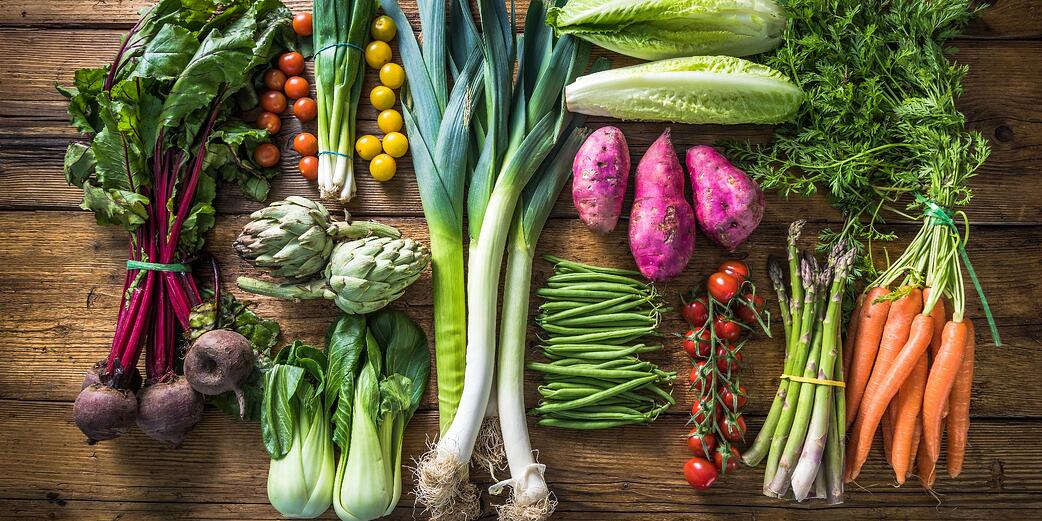A vegetable garden in your backyard can require a lot of effort, time, and patience. You really can’t rush the growing of your vegetables, so it’s crucial that you carefully plan the planting, growing, and harvesting timeline of each crop.
Of course, this being Canada, there are limits to just how much you can feasibly plant in your backyard for the harvest, and a limited window of opportunity. The average date of the first frost in Southern Ontario is between mid-September and early November, which means you still have time to plant veggies that you can grow in the summer and harvest in the fall.
If you’re thinking of finally taking the plunge and starting your garden late in the planting season, here are our top five suggestions.
Carrots
This sweet root vegetable takes 70-80 days to fully mature from a seed. If you plant your carrots in June or July, your fully-grown carrots will be ready to harvest in the fall before the first frost.
If you don’t have space in your garden for long rows of carrots, you can plant them outside in deep pots. Make sure you put your carrots in a place where they’ll be able to enjoy the summer sun for at least 6-8 hours every day.
This growing technique also works for beets.
Winter Radishes
Growing radishes is a lot like growing carrots, except easier because they often need less space and time to grow. Some types of radishes only take 30-45 days to grow, so you can plant them in your garden as late as the end of August and still expect a healthy fall harvest.
Unfortunately, many types of radishes don’t grow well during the hot summer months. Luckily winter radish varieties like the Japanese Minowase Daikon, Black Spanish, and China Rose can be planted between mid-summer and early fall before the first frost.
Winter radishes typically take longer to grow than your standard french breakfast radish, but they can withstand cooler temperatures so you can continue enjoying these hearty veggies long after many other garden staples.
Cauliflower & Broccoli
Both cauliflower and broccoli can be planted in the late summer, however these cruciferous veggies require more time and space to grow than compact radish varieties. Broccoli and Cauliflower seeds should be planted 46-61 centimeters apart. If you have enough space for rows, they should be at least 76 centimeters apart.
These veggies can comfortably tolerate temperatures as low as -3°C, which makes them perfect for growing in late summer and early fall in Canada. Broccoli can be planted in mid-to-late August, while cauliflower is best planted between the end of August and early September.

Green Beans
This is a great vegetable to plant for beginners, since it can be a little more forgiving than others. Beans can be hardy, and they grow quickly, so this is a great summer vegetable to go with if you’re starting late.
Green beans are sensitive to frost, so it’s best to plant them after the second week of May, provided things have sufficiently warmed up. You can plant green beans as late as the beginning of July, which should still allow you enough time to watch them fully mature and be ready for harvesting by the end of the season.
Nothing beats garden fresh. Whether it’s for fun, for your health, to save some of your hard earned money, or a bit of everything – vegetable gardens are a great idea. There’s something very rewarding about caring for vegetables over the months and watching them grow, with your careful attention, into something you can one day enjoy at the dinner table.
Of course, with all of these vegetables, one thing you have to remember is that you’re not the only one that views them as a potential food source. Once they start growing, take steps to protect them from animal life that might view your young vegetables as an easy free meal!


